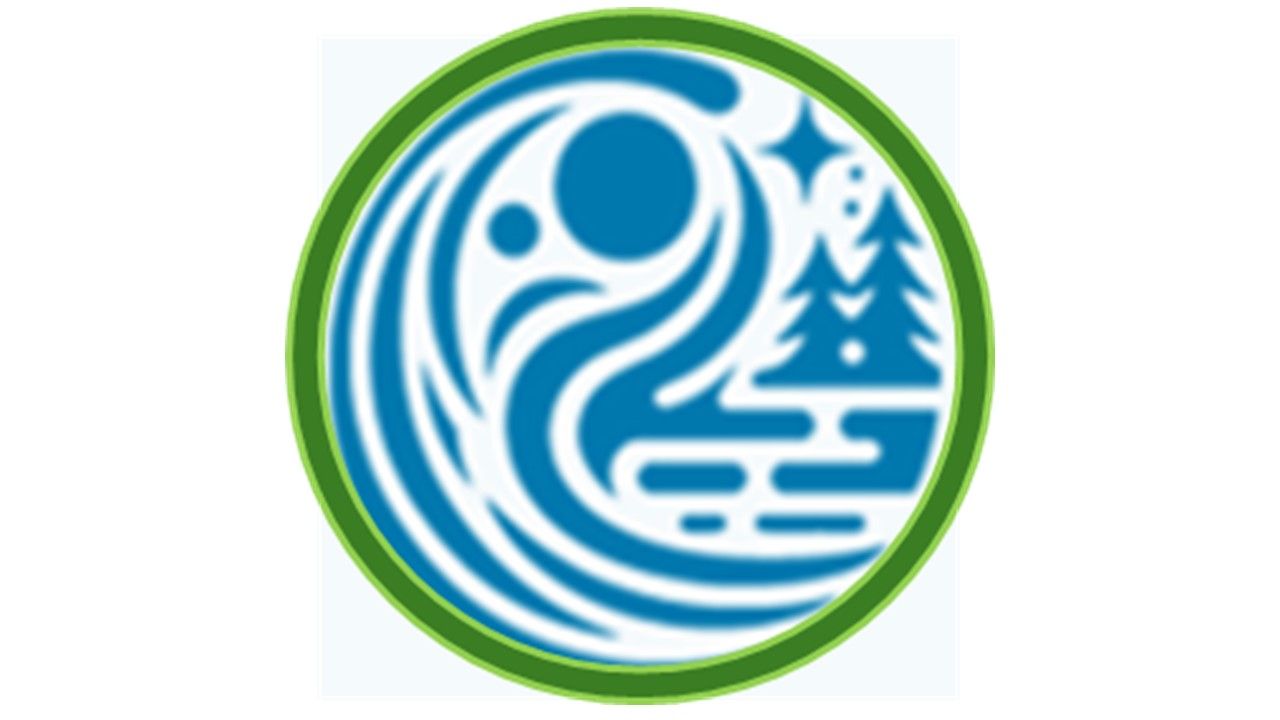Myths About Indigenous History: Debunking Common Misconceptions
Understanding Indigenous History
Indigenous history is rich, diverse, and deeply complex, yet it is often overshadowed by myths and misconceptions. These false narratives can perpetuate stereotypes and misunderstandings, making it crucial to address and debunk them. By doing so, we can foster a more accurate and respectful understanding of Indigenous cultures and histories.

Myth 1: Indigenous Peoples Did Not Contribute to Modern Society
One of the most common misconceptions is that Indigenous peoples have not significantly contributed to modern society. This myth overlooks the vast contributions made by Indigenous communities in areas such as agriculture, medicine, and governance. For example, many agricultural products like corn, potatoes, and tomatoes were first cultivated by Indigenous peoples of the Americas and have become staples in diets worldwide. Additionally, traditional ecological knowledge from Indigenous communities has informed sustainable practices globally.
Moreover, many democratic principles used today were influenced by Indigenous governance systems. The Iroquois Confederacy's Great Law of Peace is often cited as a model for modern democratic governance, emphasizing unity and collective decision-making.
Myth 2: Indigenous Cultures Are Homogeneous
Another prevalent misconception is that all Indigenous cultures are the same. In reality, there are thousands of distinct Indigenous cultures across the globe, each with its own unique languages, traditions, and histories. For example, in North America alone, there are over 500 federally recognized tribes in the United States, each with its own cultural identity.

This diversity is a testament to the rich cultural tapestry that Indigenous peoples contribute to the world. Recognizing and respecting this diversity is essential for understanding the nuanced realities of Indigenous communities.
Myth 3: Indigenous Peoples Live Only in Rural Areas
There is a widespread belief that Indigenous peoples predominantly live in isolated rural areas. While many Indigenous communities do reside in rural regions, a significant number of Indigenous individuals live in urban settings. In Canada, for instance, more than half of the Indigenous population lives in cities.
Urban Indigenous communities maintain cultural practices and continue to contribute to the cultural landscape of cities. Understanding the urban presence of Indigenous peoples challenges the stereotype that they are disconnected from contemporary society.

The Importance of Debunking Myths
Debunking myths about Indigenous history is not just about correcting inaccuracies; it is about acknowledging the rich contributions and ongoing resilience of Indigenous peoples. By challenging these misconceptions, we can work towards a more inclusive understanding of history that honors the true narratives of Indigenous communities.
Education plays a critical role in this process. Incorporating accurate Indigenous history into educational curricula helps dismantle stereotypes and fosters a culture of respect and appreciation for diversity. By learning the truth about Indigenous histories and cultures, we pave the way for mutual understanding and reconciliation.

Moving Forward
The journey to accurately understand and appreciate Indigenous history is ongoing. It requires a commitment to learning, listening, and honoring the voices and experiences of Indigenous peoples. As we continue to debunk myths and embrace truth, we build bridges toward a more equitable and just society for all.
